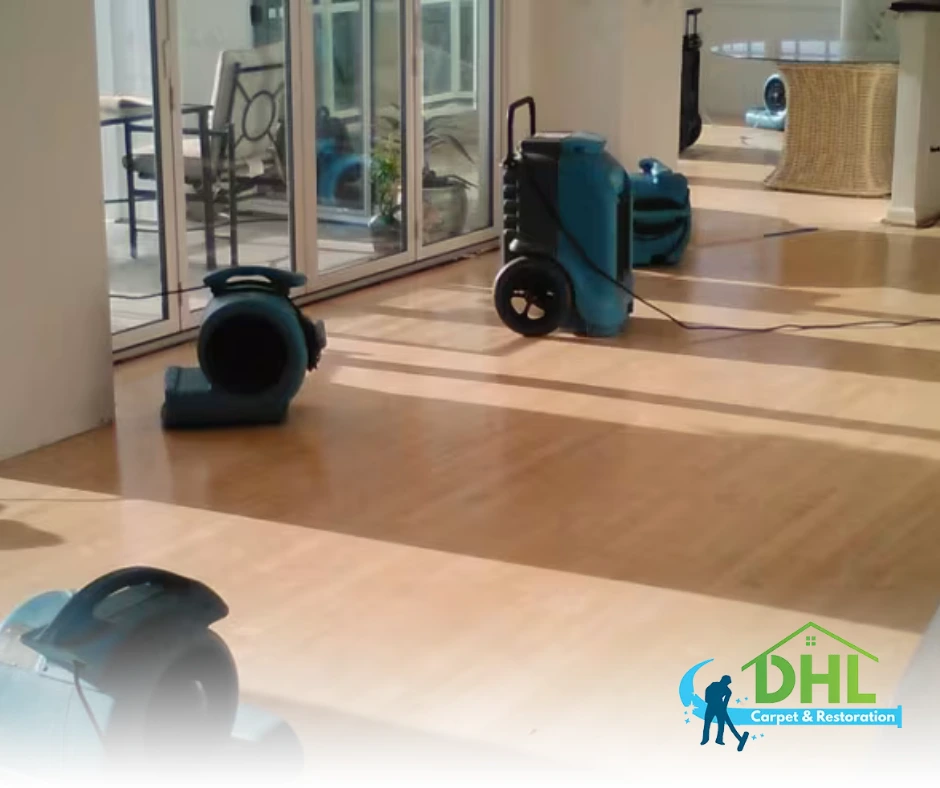Water damage can disrupt everyday life and weaken a property’s structure, so knowing how restoration experts address each issue matters. The water damage restoration process unfolds in clear, sequential steps designed to rescue your space from the hidden perils of moisture. This guide explains every phase—from the initial evaluation to the finishing repairs—helping homeowners and property managers make informed decisions during stressful times.
Assessing the Damage
Restoration experts begin by thoroughly inspecting the affected area. They analyze both the visible damage and concealed moisture lurking behind walls and under floors. Using advanced moisture detection tools, professionals measure humidity levels in different sections of your property. This detailed evaluation not only determines the extent of the damage but also pinpoints potential risks like mold growth or structural weakening. Homeowners receive a comprehensive report that highlights vulnerable spots and guides the subsequent steps in water damage restoration. With a clear understanding of the problem, experts can tailor their response to target every affected area precisely.
During this phase, early detection plays a critical role in preventing further complications. Detecting hidden moisture and evaluating building materials allow restoration teams to plan the most effective recovery strategy. This proactive assessment ensures that each drop of water is accounted for, reducing the likelihood of expensive, long-term repairs.
Extraction and Drying
After mapping out the damage, the next step focuses on extraction and drying. Quick water removal stands as the cornerstone of any effective water damage restoration strategy. Specialists use high-powered pumps and industrial extraction equipment to eliminate standing water swiftly. This rapid response not only curtails the immediate damage but also prevents moisture from seeping into deeper structures.
Once most of the water is removed, professionals initiate an intensive drying process. They deploy industrial-grade air movers and dehumidifiers to draw out residual moisture from walls, floors, and hidden spaces. Constant monitoring with moisture sensors confirms that every area reaches an optimal dryness level. This phase reduces the risk of mold and mildew, ensuring that delicate materials remain unharmed. The combination of rapid extraction and controlled drying creates a stable, safe environment that forms the foundation for complete restoration.
Cleaning, Sanitizing, and Final Restoration
With the moisture under control, experts shift their focus to cleaning and sanitizing. They meticulously treat every surface to remove contaminants and prevent the growth of mold or bacteria. Professionals use eco-friendly cleaning agents and disinfectants to purify the environment, ensuring that your property becomes safe for occupancy once again.
In the final stage, specialists repair or replace damaged structural elements. Whether it involves refinishing walls, restoring flooring, or addressing electrical systems, every repair enhances both the look and integrity of the property. Water damage restoration isn’t merely about cleaning and drying; it’s about fully restoring your home’s function and appearance. This step-by-step process ensures that your property not only recovers from the immediate incident but also stands resilient against future challenges.
Every stage—from the initial assessment through extraction, drying, cleaning, and repair—plays an essential role in water damage restoration. Understanding these steps empowers property owners to communicate better with restoration experts, ask informed questions, and take decisive actions during recovery. With a proactive, systematic approach, you can minimize repair costs, safeguard your investment, and ensure a healthier living environment. tely saves time, reduces expenses, and protects the long-term value of your home or business.
Learn more about water damage restoration:
The Hidden Dangers of Untreated Water Damage and How Restoration Helps

